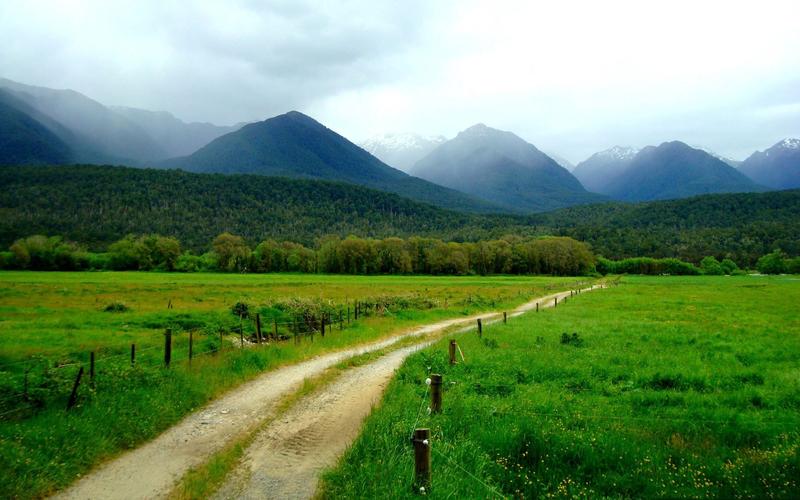Discovering My Cultural Identity Examples: My Journey of Self-Exploration
As humans, we are multifaceted. We carry within us various layers of identity that all shape our perception and experience of the world. Our cultural identity, in particular, plays a significant role in our sense of self. It’s the lens through which we view ourselves, others, and the world around us.
My journey of self-exploration began when I moved to a new country and encountered different cultural norms. I found myself questioning my beliefs, values, and customs. This experience made me realize the importance of understanding and embracing my cultural identity.
So, what exactly does cultural identity mean? Cultural identity refers to the aspects of an individual’s identity that relate to their cultural background. It encompasses their heritage, traditions, language, beliefs, values, and norms. Your cultural identity is not solely determined by your race or ethnicity. It can also be influenced by your upbringing, religion, nationality, and social class.
Discovering your cultural identity can be a rewarding but challenging process. It often involves stepping out of your comfort zone, questioning assumptions, and opening yourself up to new experiences. Here are some examples of how I discovered my cultural identity:
1. Exploring My Family’s Heritage – One way to understand your cultural identity is to research your family’s background. I spoke with my grandparents and learned about their experiences growing up. I asked about family traditions, rituals, and even recipes. This helped me understand my cultural roots and gave me a deeper appreciation for my family’s history.
2. Learning a New Language – Language is an essential aspect of culture. I decided to learn a new language to better understand the customs and traditions of the community I was living in. Learning a new language not only provides practical advantages but also opens the door to new perspectives and cultures.
3. Attending Cultural Events – Attending cultural events is an excellent way to immerse yourself in a different culture. I attended festivals, concerts, and other social gatherings where I could learn more about the customs and traditions of various communities. It was an opportunity to engage with people from different backgrounds and expand my worldview.
4. Reflecting on My Beliefs and Values – Our beliefs and values are deeply rooted in our cultural identity. I took time to reflect on my own beliefs and values and questioned their origins. I examined how my cultural background shaped my views and the impact it had on my life.
In conclusion, discovering your cultural identity is a lifelong journey. It’s an ongoing process that requires reflection, exploration, and open-mindedness. It’s about understanding and embracing the aspects of your identity that make you unique and recognizing the diversity that exists in our world.
By taking steps to explore our cultural identities, we can gain a greater appreciation for ourselves and others. It allows us to connect with people from different backgrounds and forge meaningful relationships. It’s essential to embrace our cultural identity and use it as a tool for personal growth and understanding.
(Note: Do you have knowledge or insights to share? Unlock new opportunities and expand your reach by joining our authors team. Click Registration to join us and share your expertise with our readers.)
Speech tips:
Please note that any statements involving politics will not be approved.
